Buffalo AirStation N600 Dual-Band Wireless Router Review
Buffalo AirStation N600 Wireless Speed Tests
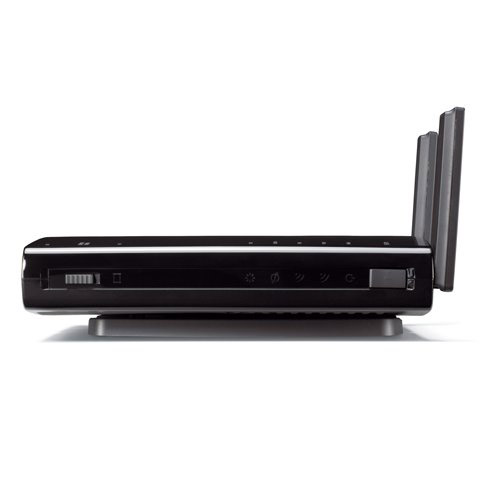 We wanted to test our router in a real world application so we connected the Netgear WNDR3700v4 to a PC running Windows 7 64-bit and configured it using “Automatic” settings for both 2.4Ghz and 5Ghz bands. We took our Alienware M17XR4 to use as a target laptop client. The Alienware M17XR4 features an Intel i7-3610QM CPU with 6GB RAM running Windows 7 64-Bit, and an NVIDIA GeForce GTX 660M. More importantly for our tests, it is outfitted with a Qualcomm Antheros Killer Wireless-N 1103 Network Adapter. The Killer 1103 is a three-antenna network adapter that connects at up to 450Mbps over 802.11n and features reduced power consumption and Wi-Fi Direct. Much has been written about the Killer NIC technology in recent years but there is no doubt that this 3-antenna solution will give us the best possible wireless throughput for our test.
We wanted to test our router in a real world application so we connected the Netgear WNDR3700v4 to a PC running Windows 7 64-bit and configured it using “Automatic” settings for both 2.4Ghz and 5Ghz bands. We took our Alienware M17XR4 to use as a target laptop client. The Alienware M17XR4 features an Intel i7-3610QM CPU with 6GB RAM running Windows 7 64-Bit, and an NVIDIA GeForce GTX 660M. More importantly for our tests, it is outfitted with a Qualcomm Antheros Killer Wireless-N 1103 Network Adapter. The Killer 1103 is a three-antenna network adapter that connects at up to 450Mbps over 802.11n and features reduced power consumption and Wi-Fi Direct. Much has been written about the Killer NIC technology in recent years but there is no doubt that this 3-antenna solution will give us the best possible wireless throughput for our test.
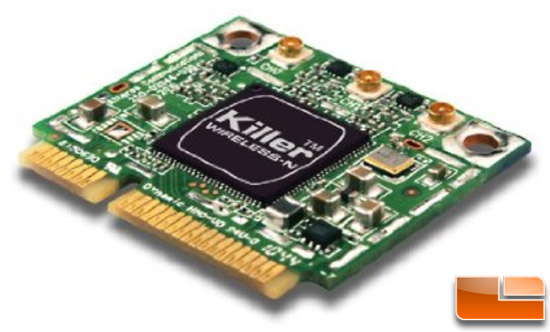
We took our Alienware laptop and moved it 25-feet away from the Netgear router. We didn’t tell the client anything more than the SSID name for each router tested and let it automatically choose the channel to connect to. All the routers were set to “Unsecure Mode” (for fastest data throughput), and with WMM / QoS turned ON. After connecting, we ran the PC application LAN Speed Test (LST) to measure file transfer and network speeds. LST builds a file in memory and then transfers the packet without the effects of windows file caching. It then reports the time and calculates the network speed.
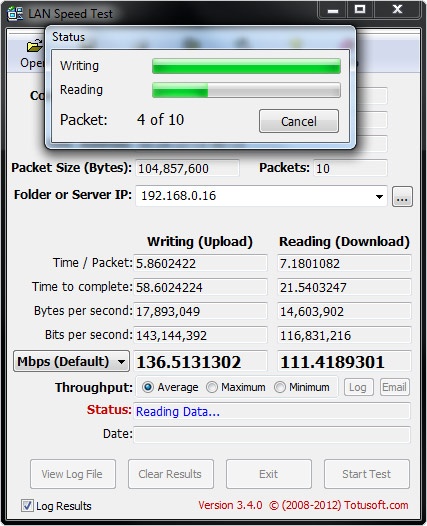
We repeated the test 2 more times rotating the router 90 degrees after each test to make sure that the router’s speed was affected adversely by its orientation.
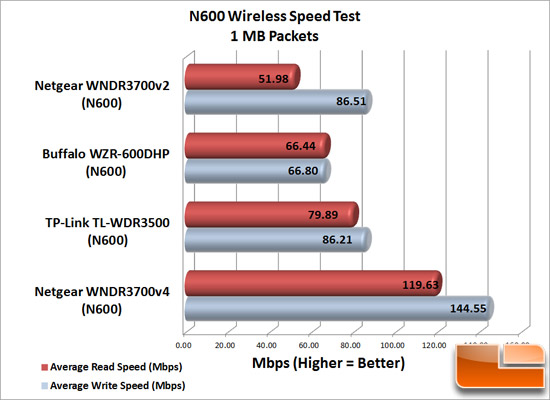
Benchmark Results: Speed test results of the 1MB packets show that the Netgear WNDR3700v4 is still our clear leader when it comes to the transfer of small data. Honestly, we were hoping for better results from the Buffalo AirStation WZR-600DHP running the faster Atheros AR7161 chip. The Netgear N600 router more than doubles the speed of the Buffalo AirStation N600 in Average Write Speeds, while Netgear’s Average Read Speeds are 67% faster than that of the Buffalo WZR-600DHP.
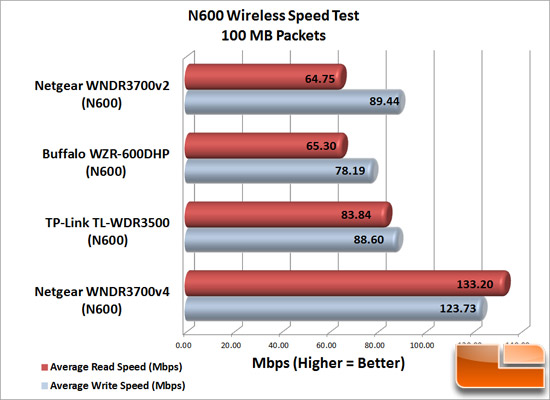
Benchmark Results: We ran our speed tests a second time with 100MB data packet sizes to simulate the kind of data that one would see when streaming multimedia like high-definition video. Again the Buffalo AirStation N600 displays about half of the speed of the Netgear N600 in terms of Average Read Speeds. Even though the Average Write Speeds for the WZR-600DHP improve with this test, they still lag behind the TP-Link TL-WDR3500 and Netgear WNDR3700v4.

Comments are closed.